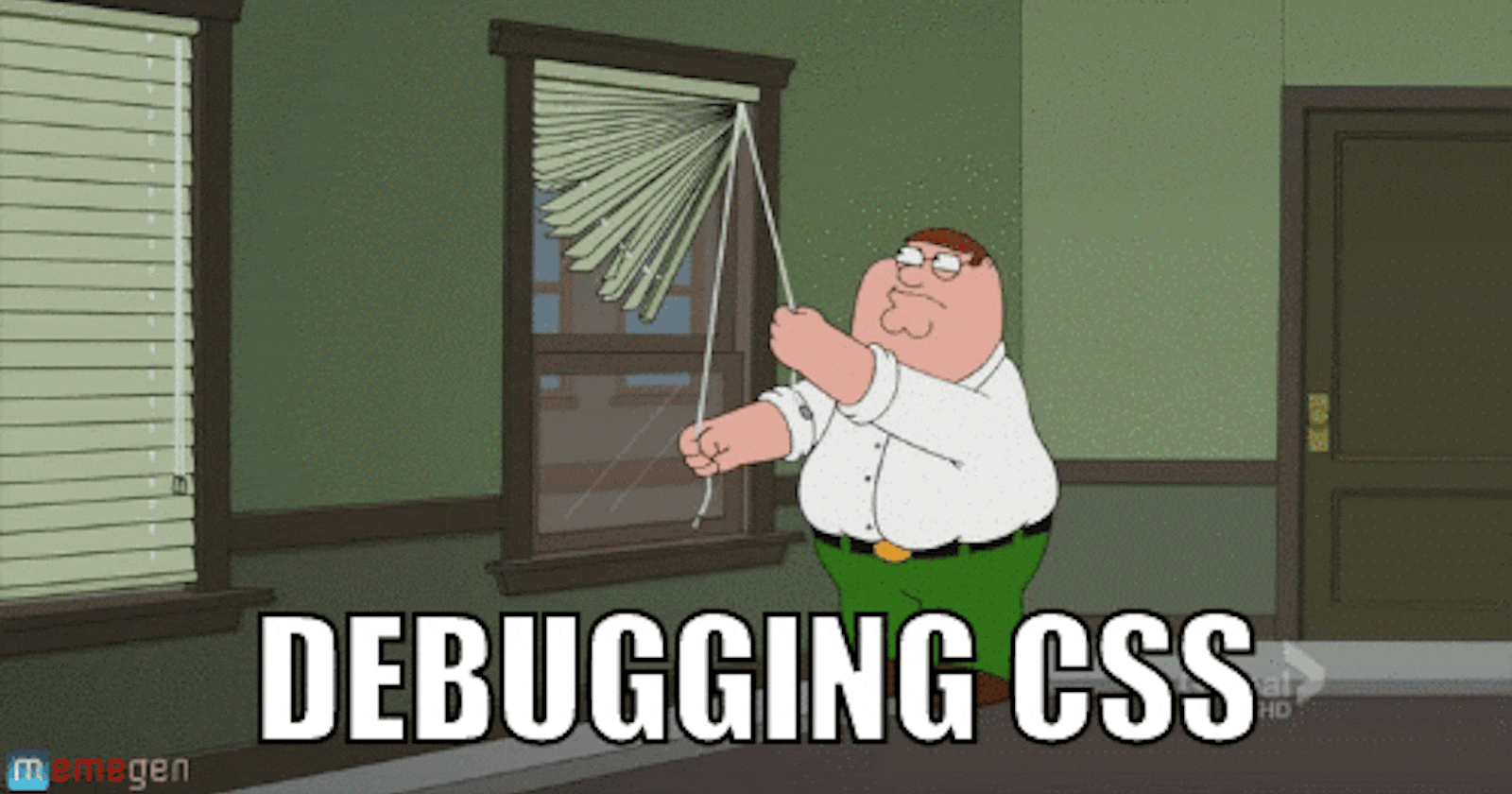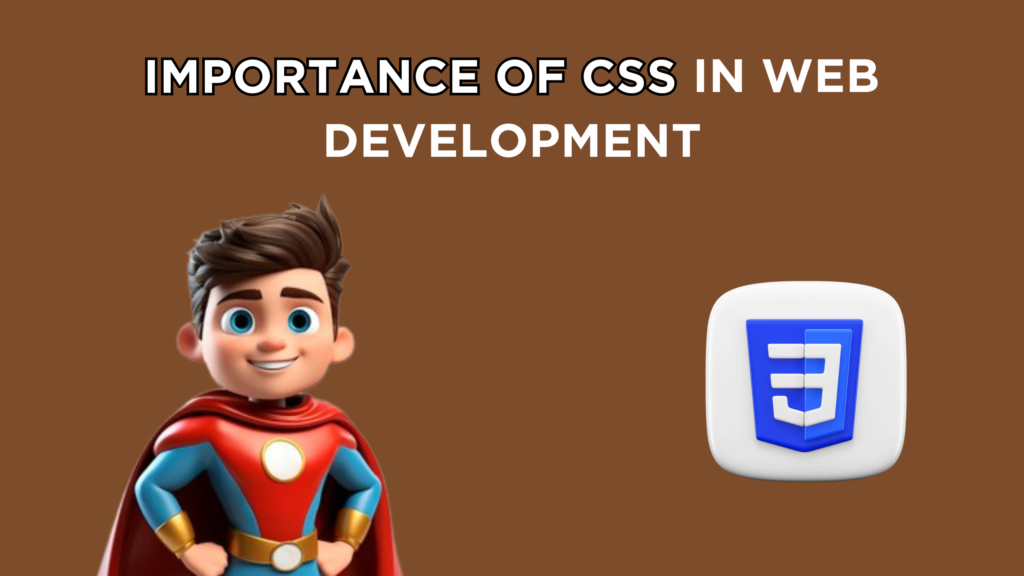The importance of CSS in web development cannot be overstated. CSS (Cascading Style Sheets) plays a crucial role in shaping the visual presentation and layout of web pages. It allows developers to control various design elements such as fonts, colors, spacing, and overall styling, ensuring a consistent and visually appealing user experience across different devices and screen sizes.
What Is CSS In Web Development?
CSS, short for Cascading Style Sheets, is a foundational technology in web development that greatly influences how websites look and feel. It allows developers to style web content and create visually appealing and user-friendly layouts.
Operating through a set of guidelines, CSS dictates how HTML elements should be presented in a web browser. These guidelines cover properties such as colors, fonts, spacing, positioning, and more. By applying CSS to HTML documents, developers can design cohesive and visually pleasing websites with integrated styles.

The importance of CSS lies in its versatility and essential role in web design and development. CSS empowers developers to create visually engaging and user-friendly websites by transforming basic HTML content into dynamic and responsive layouts.
CSS is the preferred method for enhancing the visual appeal and usability of websites. It enables developers to adjust text size, create attractive buttons, and ensure seamless content adaptation across different screen sizes. By leveraging CSS, developers can design websites that not only look great but also provide a smooth and engaging user experience.
Types Of CSS In Web Development
In web development, there are three primary types of CSS that developers can implement in their projects, each offering flexibility based on the project’s scope and complexity. These CSS types contribute to consistency and maintainability in styling. Let’s explore them briefly.
Inline CSS
Inline CSS allows for the direct styling of elements within the HTML document. This method involves applying styles to specific elements using the style attribute within their tags.
<p style="color: blue; font-size: 10px;"> This is a blue text with a 16px font size. </p>
While inline CSS is fast and quick, it is not usually recommended to be used in projects mainly large-scale projects. It can be harder to maintain and update. It mixes the tag content during the presentation, which makes the content improper and complex.
Internal CSS
Internal CSS, inserted within the <head> section of an HTML document using the <style> tag, applies styles to elements on that specific page. It’s a component of the HTML document itself, providing a way to define styles within the same file rather than externally.
<head>
<style>
p {
color: blue;
font-size: 10px;
}
</style>
</head>
<body>
<p>This text is styled with internal CSS.</p>
</body>
Internal CSS is useful for smaller projects because it keeps all the styles within the HTML file, making it easier to manage and maintain.
External CSS
External CSS is the most common type of CSS used in web development. It involves creating a separate CSS file with a .css extension and linking it to your HTML documents using the <link> tag. This approach allows you to apply consistent styles across multiple web pages.
Index.html
<head>
<link rel="stylesheet" type="text/css" href="styles.css">
</head>
<body>
<p>This text is styled with external CSS.</p>
</body>
Style.css
p {
color: blue;
font-size: 10px;
}
External CSS, which is widely preferred for larger projects, involves creating a separate CSS file with a .css extension. This file is then linked to HTML documents using the <link> tag. This method simplifies the maintenance and updating of styles across the entire website.
Also Read: Learn CSS By Playing Games
Importance Of CSS In Web Development
Let us have a look at some of the major benefits of using CSS in web development here through this article.
Enhancing Website Aesthetics
CSS is essential for web developers to improve websites for better search engine rankings. It allows developers to adjust the visual elements of web pages, such as colors, fonts, layouts, backgrounds, and borders. This helps create visually appealing and consistent websites that reflect the brand identity, leaving a positive impression on users and search engines.
Easy Updates
CSS plays a crucial role in optimizing websites, making them faster and easier to manage. It allows developers to quickly update elements, paragraphs, backgrounds, and fonts, enhancing their attractiveness and engagement. This helps create a more dynamic and user-friendly browsing experience for visitors.
Boosting SEO Through Code Organization
CSS plays a crucial role in separating the content and design of a web page, which has significant benefits for SEO and overall aesthetics. By keeping the fundamental elements and content separate from stylistic attributes, developers can create a clean and well-organized codebase. This separation enhances code readability, maintainability, and reusability, allowing for quick implementation of SEO-related updates and improvements while minimizing the risk of errors.
Responsive Design for Greater Impact
In today’s world, where various devices with different screen sizes are prevalent, having a responsive web page is crucial. Cascading Style Sheets (CSS) provides powerful tools like media queries, flexbox, and grid layouts, enabling developers to create websites that seamlessly adapt to various screen dimensions and orientations.
This ensures a consistent and user-friendly experience across desktops, tablets, and mobile devices.
Helps Websites Load Faster
A minor yet significant advantage of CSS is faster website loading times. Browsers download CSS rules only once and cache them to load all website pages. This speeds up website navigation, enhances the overall user experience, and ensures proper functionality even at slower internet speeds. Improved loading times also increase accessibility on low-end devices.
Efficiency and Consistency
CSS enables the application of consistent styles across web pages by defining styles using classes and IDs. These styles can be easily reused and modified to meet new requirements, reducing code duplication and potential SEO issues. This efficiency contributes to creating clean and well-organized websites.
Cross-Browser Compatibility
CSS ensures cross-browser compatibility by providing a standardized method for styling web pages. Developers can write code that works consistently across all major browsers, eliminating the need for extensive browser-specific modifications or workarounds. This compatibility is valued by users and search engines, ultimately improving overall SEO performance.
Engaging User Experience
The importance of CSS extends to implementing various transitions and animations on websites, enhancing their visual appeal and engagement. With CSS, developers can create smooth transitions, hover effects, beautiful backgrounds, animations, and more.
These interactive features contribute to improving the user experience, keeping visitors happy and engaged. While it may indirectly impact SEO rankings by enhancing user satisfaction and reducing bounce rates, the primary benefit lies in creating a more enjoyable and visually engaging website.
Check Out: Comprehensive Guide to HTML, CSS, and Responsive Design
Importance Of CSS In Web development
Here are some key CSS properties that can make our website more interactive and user-friendly.
| Category | Properties |
|---|---|
| Color & Text | color, font-size, font-family, font-weight, text-align, text-decoration, line-height |
| Background | background-color, background-image, background-repeat, background-size |
| Box Model | width, height, margin, padding, border |
| Positioning | position, top, right, bottom, left, display, float, clear |
| Flexbox/Grid | flex-direction, flex-wrap, justify-content, align-items, grid-template-columns, grid-template-rows, grid-gap, grid-column, grid-row |
| Transform/Animate | transform, transition, animation |
| Shadows | box-shadow, text-shadow |
| Opacity/Visibility | opacity, visibility |
| List Styling | list-style-type, list-style-image, list-style-position |

Conclusion
In conclusion, CSS (Cascading Style Sheets) is a fundamental technology in web development that plays a crucial role in shaping the visual appearance and layout of websites. It offers a wide range of benefits, including separating content from presentation, enhancing website aesthetics, improving user experience, optimizing website performance, ensuring cross-browser compatibility, and enabling interactive features.
By leveraging CSS effectively, developers can create visually appealing, user-friendly, and responsive websites that leave a positive impression on visitors while also meeting the requirements of modern web design standards.
FAQ
Is learning CSS important for web development in 2023?
Yes, learning CSS remains crucial for web development in 2023 and beyond. It is a fundamental technology that web developers use to create attractive and functional websites.
What are the different types of CSS in web development?
There are three main types of CSS: inline, internal, and external. Inline CSS is applied directly within HTML elements using the style attribute. Internal CSS is defined within the HTML document using the <style> tag in the <head> section. External CSS is written in a separate file with a .css extension and linked to HTML documents using the <link> tag.
What role does CSS play in web development?
CSS plays a crucial role in web development by separating the presentation layer from the content layer. It allows developers to define the visual appearance of web pages, ensuring consistency, flexibility, and maintainability across different devices and screen sizes.
How does CSS contribute to responsive web design?
CSS enables responsive web design by providing tools like media queries, flexbox, and grid layouts. These CSS features allow developers to create layouts that adapt and respond to various screen sizes and orientations, ensuring a seamless user experience across devices.
Does CSS make our web pages faster?
No, CSS itself does not directly make web pages faster. However, CSS optimization techniques can improve website loading times by reducing file sizes, optimizing selectors, and minimizing render-blocking resources. This ultimately contributes to a faster browsing experience for users.
